https://watakuwa1911.com/1547/
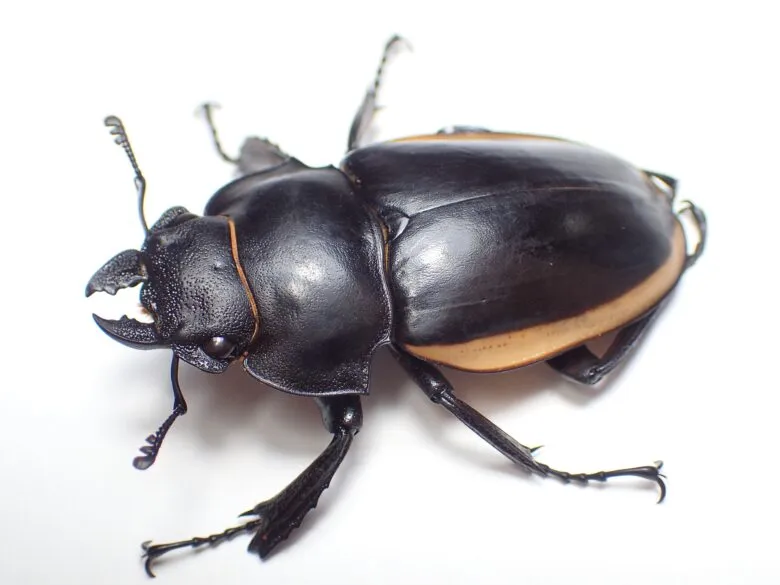

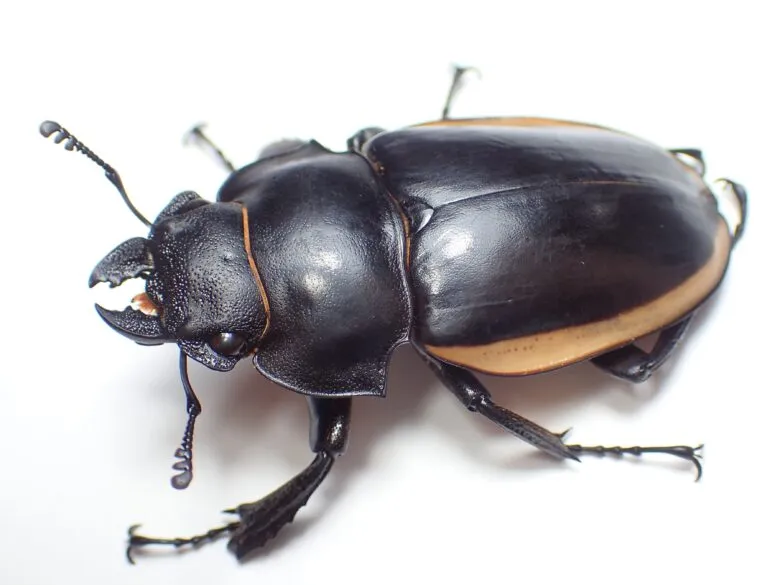
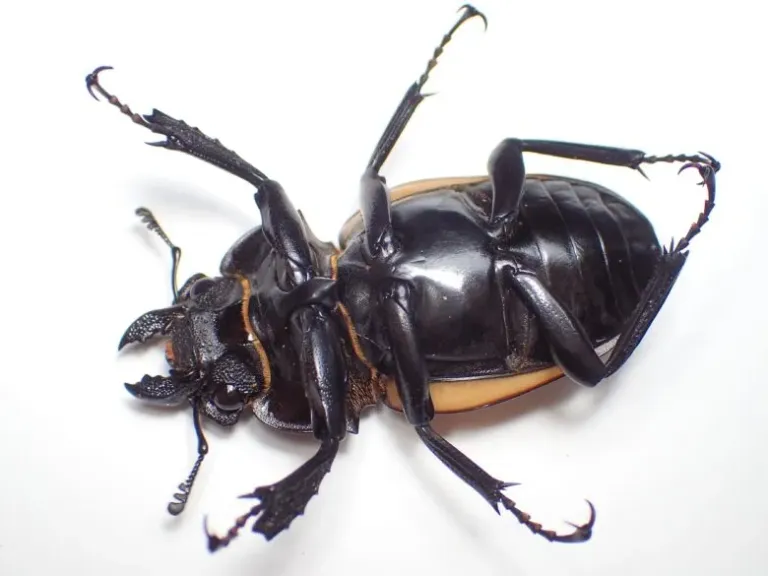

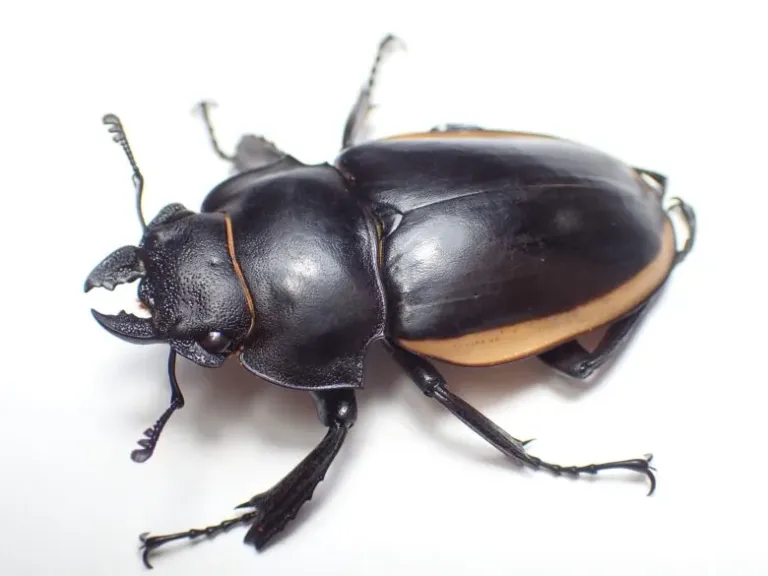


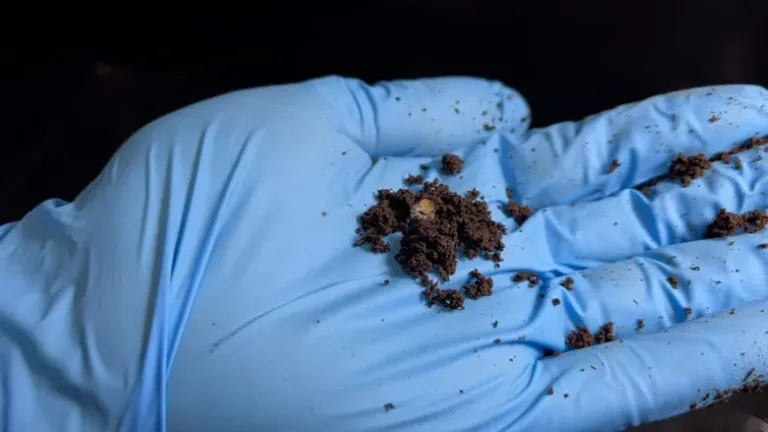
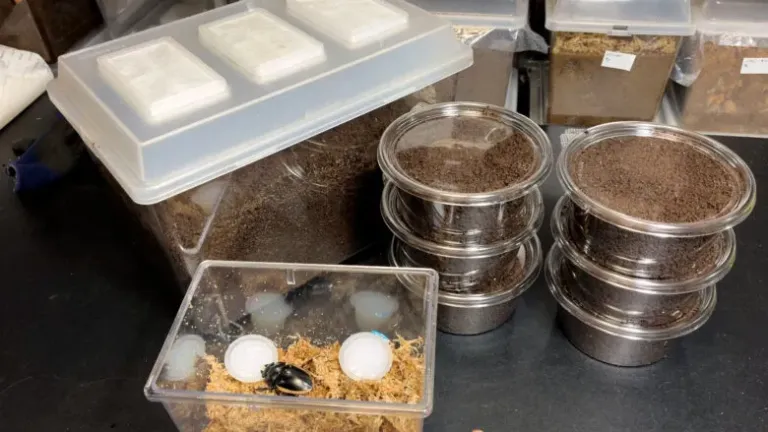
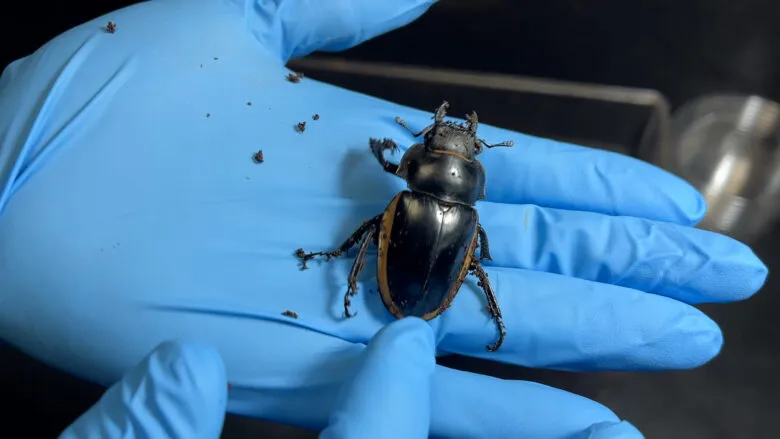
Basic Information
Common Name: Kubera Stag Beetle, subspecies sinensis Scientific Name: Odontolabis cuvera sinensis (Westwood, 1848) Distribution: Eastern Myanmar, Southern China, Vietnam, Northern Laos, Northern Thailand Rarity in the Wild: Most Common ★☆☆☆☆☆ Size: Males 43-92.7mm, Females 41.2-51.3mm Captive Breeding Record: 87.4mm (2017) ※Reference from BE-KUWA as of 2022 Wild Record: 92.7mm
Difficulty in Captivity: Moderate ★★★☆☆☆ Optimal Temperature: 18-25°C Adult Lifespan: Approximately 6 months to 1 year Larval Stage Duration: Approximately 1 to 1.5 years
Additional Notes Distribution and Subspecies of Kubera The Kubera stag beetle is widespread on the Asian mainland and closely related to species such as the Mouhot stag beetle and Femoralis stag beetle. According to BE-KUWA issue 90, there are three subspecies: nominotypical (original), alticola, and sinensis (the former fallaciosa is now synonymized under sinensis).
Due to taxonomic complexity and unclear labeling, initially identifying the specific subspecies can be challenging. After investigating specimens from Yen Bai, Vietnam, formerly classified as fallaciosa, it became clear they are now categorized as sinensis. Sinensis itself has extensive geographic variation and is further divided into five distinct groups (A to D) according to BE-KUWA issue 90.
In conclusion, my specimens belong to the sinensis C group.
Because of the difficulty in understanding subspecies and local variations, I've provided a general distribution chart for convenience. Please note that this chart is based on rough data and might lack precision.
Note: Groups C and D were previously classified as fallaciosa.
BE-KUWA issue 90 reports a 95mm male from central Vietnam, suggesting the largest subspecies occurs in the central Vietnam D group. Current captive breeding records also originate from Da Nang in central Vietnam, indicating larger specimens likely originate there.
Ecology and Captive Breeding In the wild, these beetles are abundant, with individuals frequently exceeding 90mm. However, the current maximum captive-bred record is 87.4mm. According to comprehensive guides, they inhabit elevations ranging from 500 to 1500 meters and are attracted to tree sap and lights between May and July. Their high-altitude habitats imply good cold tolerance.
To achieve large sizes in captivity, previous successful breeders (2016-2017) suggest a two-year breeding cycle, achieving a larval weight of around 40g. Though exact temperature and container specifics are unknown, a suggested ideal scenario would be maintaining larvae around 20-22°C in approximately 5-liter containers.
The current captive record (87.4mm) is from Da Nang, Vietnam (likely group D). The wild record stands at 92.7mm, though central Vietnam specimens reportedly reach 95mm. The existing captive record specimen has medium-sized mandibles, indicating potential for larger specimens with improved breeding techniques.
The challenge lies in producing individuals with elongated mandibles.
The Yen Bai specimens I acquired might reach up to 90mm in the wild, suggesting the possibility of breaking current captive records with careful breeding. However, truly aiming for record-breaking specimens likely requires sourcing beetles from central Vietnam.
Acquisition Details (22/10/2023) Purchased at the KUWATA event from SMIS's stall, a wild-caught female specimen imported in August 2023 from Yen Bai, Vietnam.
Initially bought impulsively due to a low event price, without fully understanding its subspecies. This turned out to be subspecies fallaciosa (now sinensis), known for being the largest and most accessible subspecies. Given the captive breeding record remains about 5mm below the wild record, there's optimism for future success.
Breeding Setup (22/10/2023) Set up with primarily U-mat substrate mixed with about 30% Marubane-used mat (Marubane feeding residue + red clay + L3Lv5). Container used: medium Kobasha, well-hydrated and lightly compressed.
Without prior experience, breeding conditions were modeled after successful Marubane or Intermedia stag beetle setups. Temperature maintained around 22-24°C.
Second Breeding Results (07/12/2023) The initial check after two weeks revealed approximately 10-20 eggs. After an additional month, a second check yielded around 40 eggs and approximately 10 first-stage larvae.
The quantity is sufficient for continued breeding. Like other stag beetles, the eggs were deposited in numerous "ping-pong ball" sized clusters.
The original female remained healthy, showing no damage, indicating a capacity for further breeding. Four months post-capture, the specimen remains robust, reflecting excellent initial care from SMIS.
Currently, eggs are managed in groups of 10 per 400ml cups, with larvae in groups of 5 per 400ml cups. Future plans include transferring to larger containers as larvae grow.





Leave a comment Use WYSIWYG